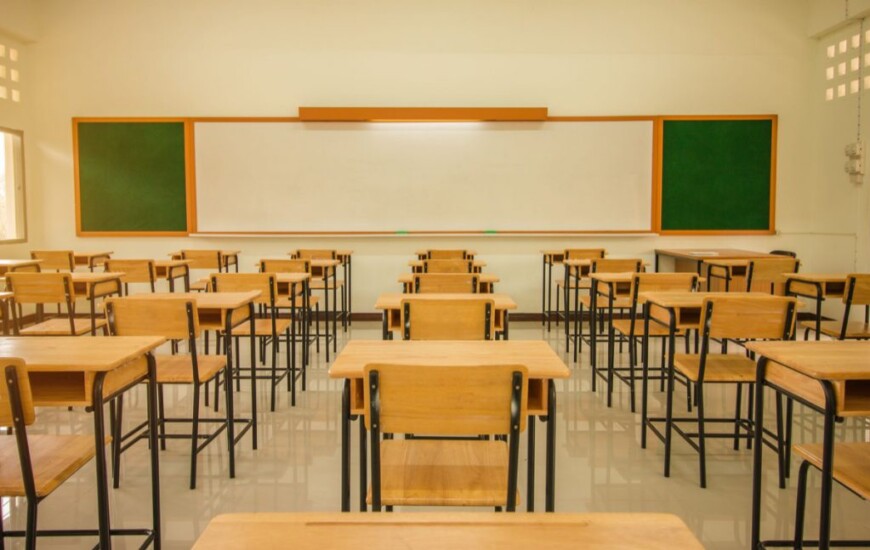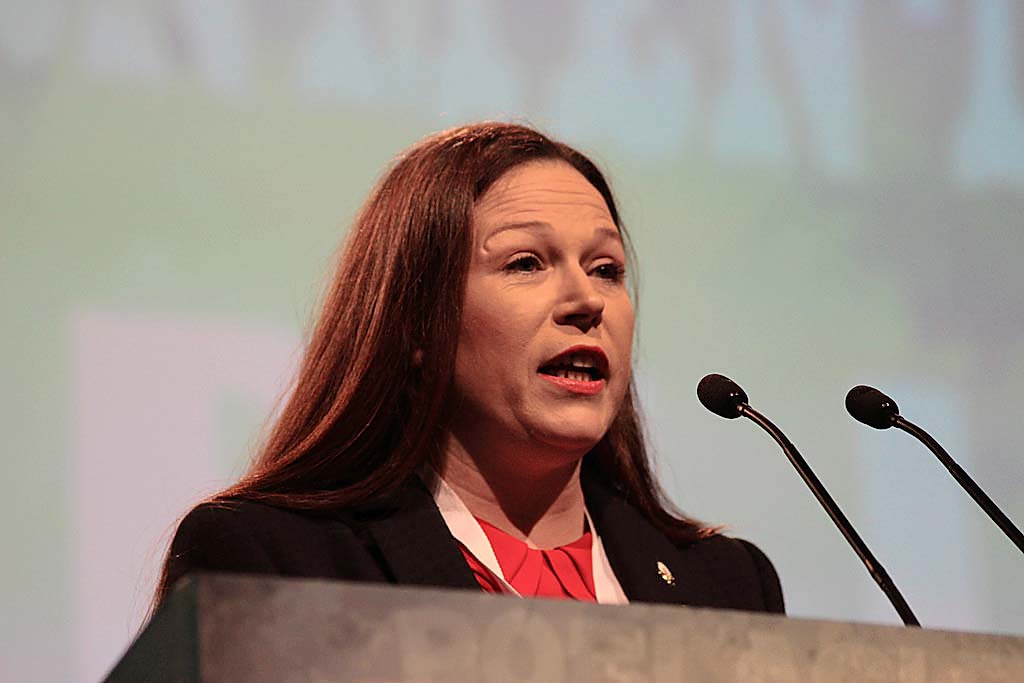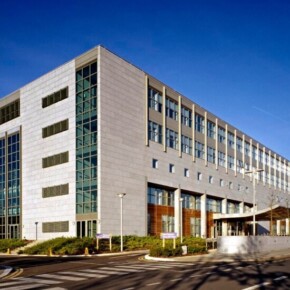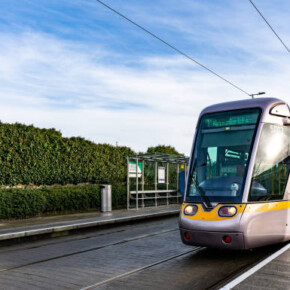Ireland last out of 34 countries for spending on second-level education
Padraig Conlon 10 Sep 2024
The 2024 OECD Education at a Glance report (published today) shows Ireland languishing in last place out of 34 countries when it comes to the proportion of GDP invested in education.
The proportion of GDP a country invests in its education system provides an indication of the priority given to education relative to a country’s overall resources, according to Education at a Glance 2024.
In 2021, the year examined in the report, Ireland invested 0.9 per cent of its GDP in second-level education compared to OECD and EU averages of 1.9 per cent.
What this means is an annual funding gap of almost $1,000 per second-level student between Ireland and the OECD average.
In terms of overall investment in education (primary to tertiary), Ireland invested 2.9 per cent of its GDP compared to the OECD average of 4.9 per cent and EU average of 4.4 per cent.
Commenting on the report, ASTI General Secretary Kieran Christie said the evidence is damning for the Irish government:
“It is shameful to see that once again Ireland is languishing at the bottom of the table for investment in education.
“The Government must commit to closing this investment gap between Ireland and the rest of the world in Budget 2025.
“Modern curricula require that a significant amount of practical, scientific and experiential work occurs in classrooms every day.
“This is not sustainable in overcrowded classes and under-resourced schools.”
Teacher recruitment
Ireland is below the OECD average for its starting salary for teachers.
In the context of a teacher supply crisis, this is an issue which must be addressed, along with the lack of permanent teaching positions, the length of the teachers’ pay scale, and teacher workload.
High returns on investment in education
Higher levels of education have multiple benefits for individuals and society, according to the OECD.
For individuals this includes more earning power, increased employability and greater ability to adapt to evolving digital technology including AI. For society, benefits include increased environmental awareness, improved social cohesion and more equity.
Time spent teaching
In Ireland, second-level teachers spend more time in the classroom teaching their students than the EU average.
Compared to the OECD average, teachers in Ireland also spend more time in the classroom when lower and upper second-level education are combined.
“The report demonstrates the challenges facing second-level schools in Ireland and the glaring need to address these in order to ensure our children and young people can access high quality education experiences which will serve them throughout their future lives,” concluded Mr Christie.











